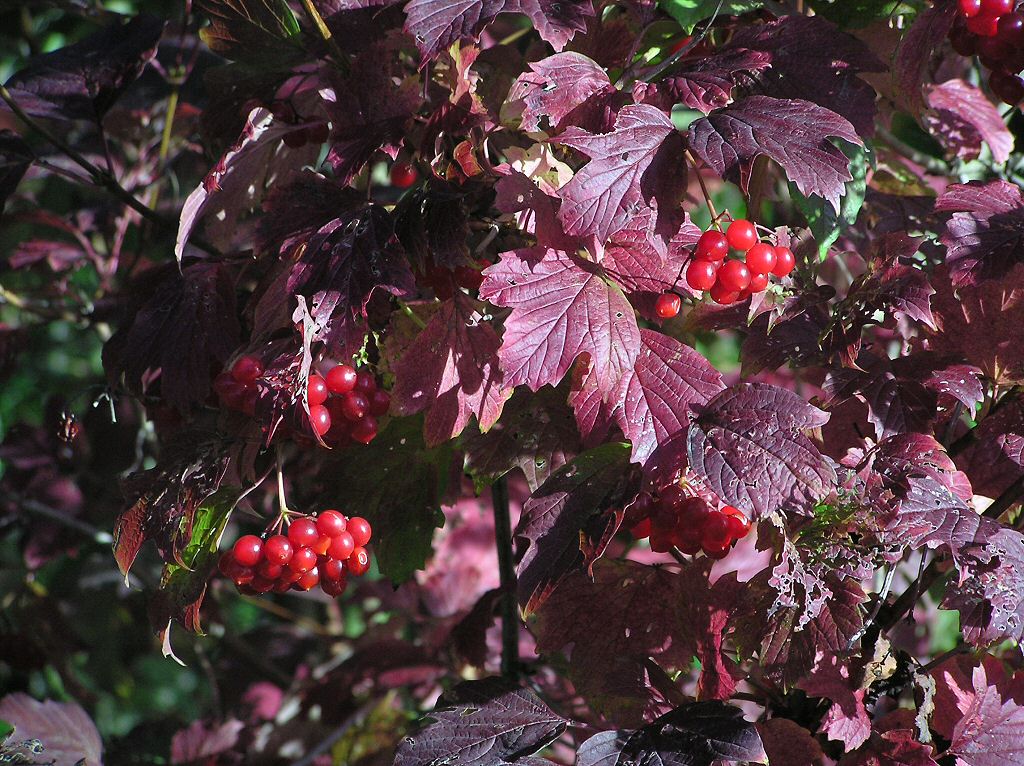|
www.MooreWallpaper.com Tell your friends about us, e-mail them! |
|
Flowers plants and shrub photographic Wallpaper Pond aquatic water lilies are used as an attractive addition to lakes and ponds in many gardens. They are now easily available at garden centres, nurseries and ornamental carp specialists. Claude Monet water lilies painting has immortalized them. Water lily is a common name for a small family of aquatic plants. The water lily's scientific family is Nympheaceae of the order Nymphaeales. The representative genus of the family is Nymphaea. There are about 70 different species of water lilies. These are grouped into: night, tropical and hardy. Night lilies bloom in the night. Tropical lilies can be found in tropical climates and bloom at all times of the day. Hardy lilies are able to withstand most conditions and are the most common. The water lily has long, stout leaves and long flower stalks. There are usually six petals and six stamen. Water lilies are also able to reproduce by budding. The roots detach and grow into new water lilies. The root of the lily is located in the mud at the bottom of a pond. Many lilies are produced through budding. The water lilies are well adapted to their habitat. They grow and live on the edge of ponds and lakes, in the shallow water. The climate of their habitat is usually hot. They grow in areas where there are few plants and because of this, they don't have competition for sunlight. This is very important because sunlight is the main way that water lilies are able to receive food and energy. The water lilies leaves are usually large and are able to store a lot of energy. Water lilies usually live in water that is rich in oxygen and receives a lot of sunlight. Water lilies are in danger because the wetlands are in danger. The wetlands are home to many species and the water lily is included. People are constantly draining the wetlands and do not know the species they are destroying: cattails, beavers, ducks, and water lilies just to name a few. Water lilies are able to reproduce rapidly, but if there is no where to reproduce, (like the wetland) it becomes impossible for reproduction. Water lilies are placed at the bottom of the food web. They are producers of energy and food in a wetland. Water lilies get their food through photosynthesis. Water fowl, muskrats and raccoons are some of the water lilies' predators |
